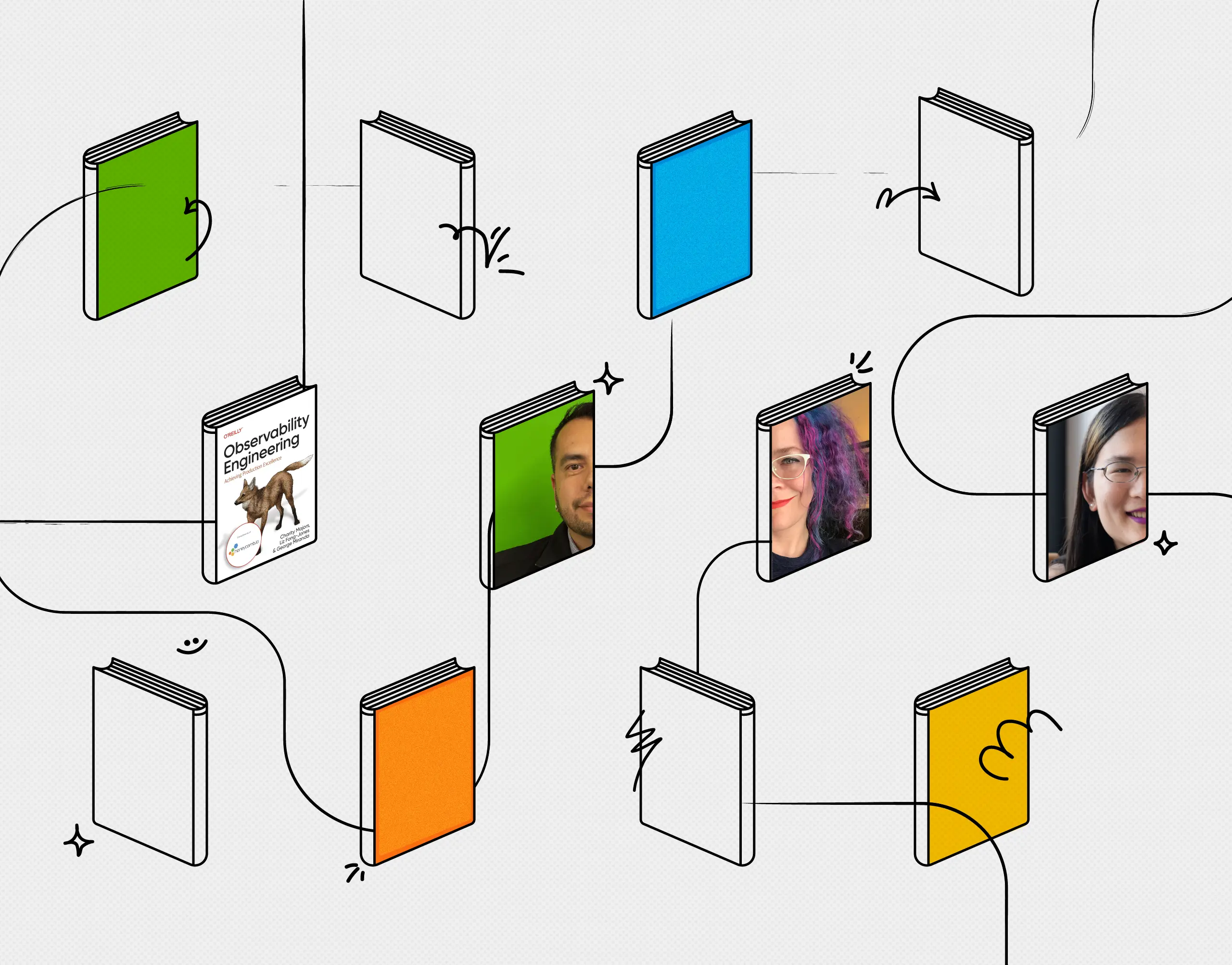✨ The ✨ Book✨ Is ✨ Done✨
The book is done. The book is FINISHED. There will be no more writing of the book! Holy macaroni. If you think you might be sensing just a SMIDGE of relief, you wouldn’t be…

By: Charity Majors

The book is done. The book is FINISHED. There will be no more writing of the book!
Holy macaroni.
If you think you might be sensing just a SMIDGE of relief, you wouldn’t be wrong. We started writing this book, Observability Engineering: Achieving Production Excellence, three whole years ago, in the summer of 2019. Remember that? 🌞
To refresh your memory, Sarah Sanders was leaving the White House, Denver legalized magic mushrooms, and Lil Nas X’s “Old Town Road” was just three months into its lengthy reign at the top of the charts.
Writing a book actually takes a very long time
This was also when O’Reilly contacted us and asked if we would be interested in writing the book on observability engineering since their last author had fallen through.
“Sure thing!” we said brightly. “No problem.”
“So how long do you think it will take?” they asked. “There’s a lot of interest in observability (o11y) right now. We’d like to capitalize on that interest and get it in people’s hands ASAP.”
“You betcha! We’ll ship a chapter per week,” we assured them confidently. At that rate, we estimated that the book would be nearly completed by December of 2019, with the full draft turned in by February 2020, and hot off the printers by March 2020. Huzzah!
Well…ahem. Needless to say, all of this ended up being just a little harder than anticipated. 🙃 No doubt about it. But ultimately, I’m actually grateful it took us this long to get it out. The landscape of observability has changed a lot over the past three years.
Observability has changed a lot over the past three years
Just think: OpenTelemetry arrived on the scene and is now an established player with a strong bid for becoming THE vendor-neutral open standard of the future. Three years ago there was a lot of squabbling over what observability meant, and a lot of vendors defined it as whatever they happened to already be doing. You don’t see much of that these days. High cardinality and high dimensionality have gone from being obscure technical concepts to the forefront of technical requirements for making systems observable.
Three years ago, we spent a lot of time painstakingly explaining to everyone the difference between metrics, logs, and events—almost every day. Nowadays, more and more people understand the power of wide structured events.
Three years was enough time for early adopters of observability to become adept experts running o11y at scale and innovators in their own right. Three years was enough for one of our customers to come up with the idea of visualizing their CI/CD pipeline as a trace and rolling out “buildevents” so people could do just that. Over that period, we also “serverless’d our database,” making it possible for us to run hundreds of customers’ production workloads simultaneously in a cost-effective way. And, it was enough time for us to solicit chapters from Slack, pioneers of modern observability at scale.
Want your own copy?
And we’re done. You can now pre-order the book on Amazon or download a FREE copy from Honeycomb. The real honest-to-god dead tree book will be in your hands three to four weeks from now.
The last three years have been a trip. We are truly looking forward to seeing what y’all do with o11y over the next three years to come.
Happy reading 🤓 ,
Charity, Liz, and George
P.S.
Are you interested in learning about the more opinionated content we left out of the book? Then you’ll love our new series called The Authors’ Cut hosted by me, Liz, and George! Think of this series as a fun little book club where you don’t even have to do the reading to get something out of it. We’ll discuss key concepts related to observability and how it all comes together in the Honeycomb platform with live demos. We’ll also have guest speakers from time to time.
Want to know more?
Talk to our team to arrange a custom demo or for help finding the right plan.